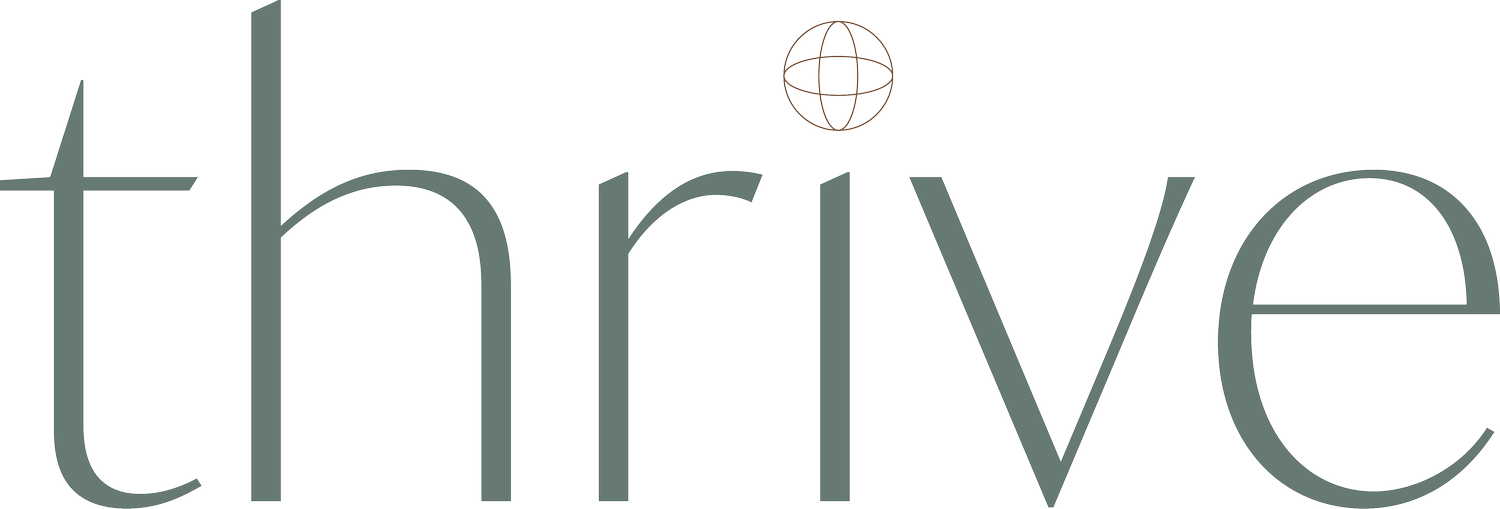Covid-19 Road To Recovery: Improving Lung Function & Mobilitiy Via Telehealth.
As a medical professional, I’ve watched with great concern as front-line medical personnel have taken the brunt of exposure to COVID-19. Recently, my physician, a man so full of life he practically sprinted down the hospital hallways, was struck down by the virus. After returning home from the hospital and a stint in the ICU, this once energetic man was unable to ambulate without the aid of a walker or take 20 steps without gasping for breath. Instead of seeing patients, his days were filled with home nursing visits, nebulizer treatments and walking exercises that were not improving his overall health. As a friend and colleague I asked myself, what techniques could I, as a physical therapist, utilize to help this patient recover? As it turns out, a lot.
When breathing becomes compromised as it does with COVID-19, patients not only have damaged lung tissue from the virus, but the muscles, diaphragm and ribs don’t operate properly making breathing even more difficult. Respiratory distress can prompt the muscular systems to overcompensate when trying to get air into the lungs. Muscles in the neck, like the scalenes, become overworked and the pectorals in the chest wall tighten, leading to poor posture. This results in a feedback loop where tight muscles then facilitate other muscle groups to weaken. Additionally, the extended period of bed rest that accompanies recovery further weakens muscles in the chest and intercostals (between your ribs). The result: stiffened, weak muscles and reduced movement of the diaphragm, which is responsible for a significant part of inspiration, or breath intake.
As a physical therapist working with a variety of cardiac and pulmonary patients, there are a number of treatment options we can deploy to help our patients recover from the severe impacts of this disease. Our treatments focus on getting the diaphragm, ribs, and the vertebrae in the spine to move better by instructing the patient on self-release techniques to gently mobilize stiff joints. We instruct patients on how to perform soft tissue releases and stretching of tight muscles, which allow the chest wall to expand and the diaphragm to move more effectively. We can then guide the patient to perform movement reeducation of the shoulder blade, thorax and core muscle recruitment. Coupling these techniques with guided breath work will then allow the patient is able to draw in and expel more air in with each breath.
Fortunately, all of this can be accomplished without the need for physical contact, limiting the spread of the disease. Working with my fallen hero via daily TeleHealth sessions I was able to guide him through self-administered rib and soft tissue stretches to release his diaphragm. Our daily exercises included diaphragmatic breathing to address stretching, strengthening and coordination of the upper neck and chest muscles. As the treatments progressed, he began to take more efficient breaths and his oxygen saturation rate improved from 89 to 96 percent at rest, with less supplemental oxygen.
Three weeks into his TeleHealth sessions, his lungs no longer “crackle” during examination. He is now able to walk the halls in his home, mostly without his walker. He can sit for hours in a chair and, with his oxygen by his side, he is doing modified yoga poses. Although he has a long road ahead, the gains he attained though physical therapy have been significant. He now says he is taking a deep breath and staying positive.
If you or someone you know is recovering from COVID-19, the team at Thrive Integrated Physical Therapy may be able to help with regaining lung function and mobility. Our Dynamic TeleHealth COVID-19 Program is available from all of our providers – please email us at info@thrivept.com for more information.


